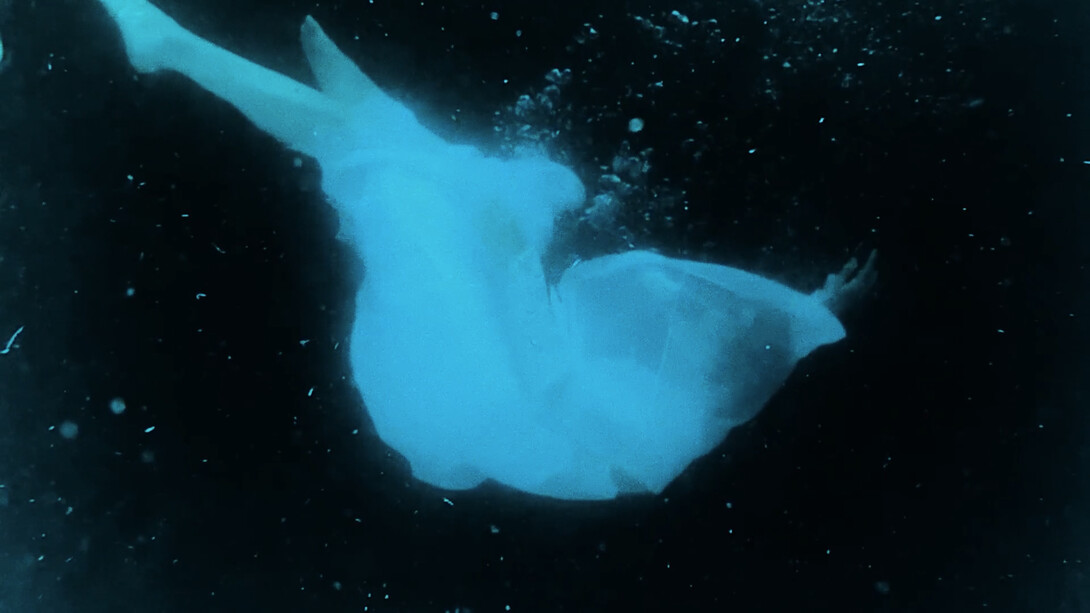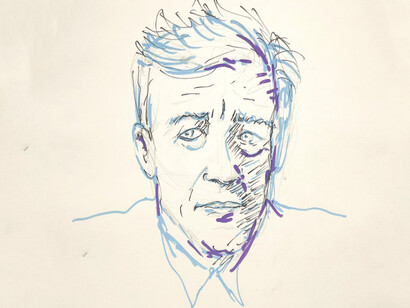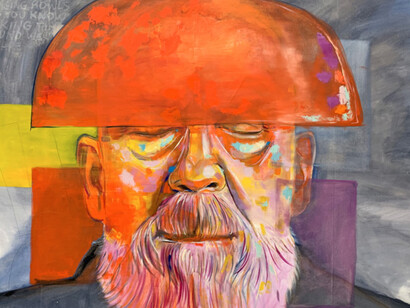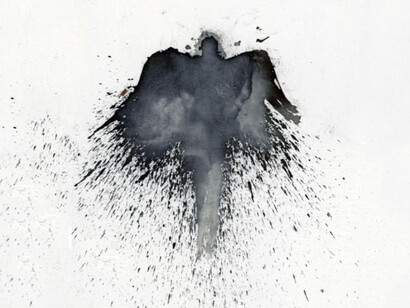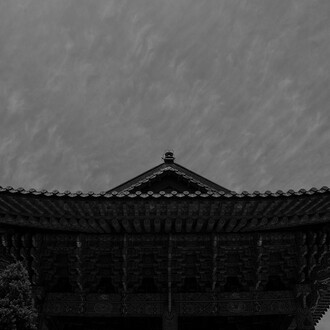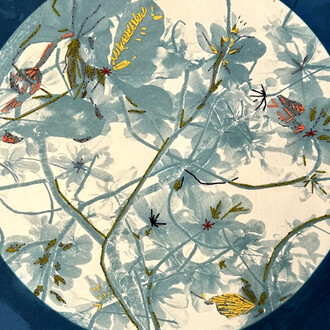The Opening Gallery is pleased to collaborate with Spanish artist Joan Bofill for the upcoming exhibition: Joan Bofill. Double portrait, curated by Carlo McCormick. Installed across The Angel Orensanz Foundation the exhibition inaugurates The Opening Gallery’s program of location driven projects in Manhattan.
Spanish artist's innovative practice merges documentary filmmaking with portraiture in rare New York exhibition.
There's a moment in every meaningful conversation when the formal structure dissolves and something unexpected emerges—a gesture, a pause, an unguarded revelation. Spanish visual artist Joan Bofill has built a practice around capturing these ephemeral instants, transforming intimate dialogues with cultural figures into what he calls Double portraits—works that exist simultaneously as drawings and filmed conversations.
Bofill's exhibition Double portrait: paintings in conversation opens October 16 at the Angel Orensanz Foundation, marking a rare New York presentation of work that challenges conventional notions of both portraiture and documentary. The show runs for just two days, creating its own sense of occasion inspired by Raymond Roussel's theatrical imagination.
"Roussel gave me the assurance that I too had a voice, capable of navigating between reason and intuition," Bofill explains.
The project emerged from Bofill's documentary work on the enigmatic French writer. "During those interviews, I began sketching people I spoke with—sometimes just quick notes during a phone call," he recalls. What started as incidental portraiture evolved into deliberate practice where drawing and conversation became inseparable.
The breakthrough came with Bofill's documentary film The hanging of Stuart Cornfeld—selected to premiere at the American Film Institute Festival on October 23, 2025. Bofill interviewed the iconoclastic producer (The elephant man, History of the world part 1, Zoolander, Tropic thunder) while simultaneously drawing his portrait. "I alternated structured questions with open conversation while drawing. The result was not only an image, but a trace of encounter."
That trace became the foundation for portraits of filmmakers David Lynch, Claudia Llosa, David Cronenberg, Guillermo del Toro, and Mel Brooks; artists Jan Švankmajer, Joe Coleman, Robt. Williams, and performance artist Johanna Went; writers George Saunders, Michel Butor, and Armando Valladares; musician Jon Batiste; chess grandmaster Garry Kasparov; and most recently, previously exiled Princess Elizabeth Karadordevic, daughter of Paul of Yugoslavia, in Belgrade.
Bofill resists celebrity framing. "Through each conversation an almost Venn-like collective of connection emerges where the portraits become more about the spirit and artifacts of the encounters themselves," he says. The drawings—initially made with whatever materials were at hand, later with markers (like his Lynch portrait), eventually settling into graphite and Chinese ink—capture the rhythm of thought, the cadence of speech, the particular attention that emerges when two people sit in focused dialogue.
The "double" in Double Portrait refers to this multiplicity. Each work exists as both object and document. Visitors encounter drawings alongside screens displaying the conversations that generated them—a hybrid form existing between media.
For this presentation, Bofill expands into Paintings in conversation, incorporating paintings and works from different periods. The centerpiece is a rare Japanese Roussel edition, originally dedicated "to Joan Bofill" with the name torn away. Bofill inscribed his own name. "I invited myself into his game."
The Angel Orensanz Foundation's neo-Gothic synagogue provides an ideal setting for work existing at the intersection of portraiture and documentary, European and American perspectives, intimate conversation, and public presentation.
"To portray is not only to depict a face, but to celebrate encounter in its broadest sense," Bofill explains. In an era when authentic cultural dialogue feels increasingly rare, his practice offers proof that meaningful exchange remains possible…and vitally important.
